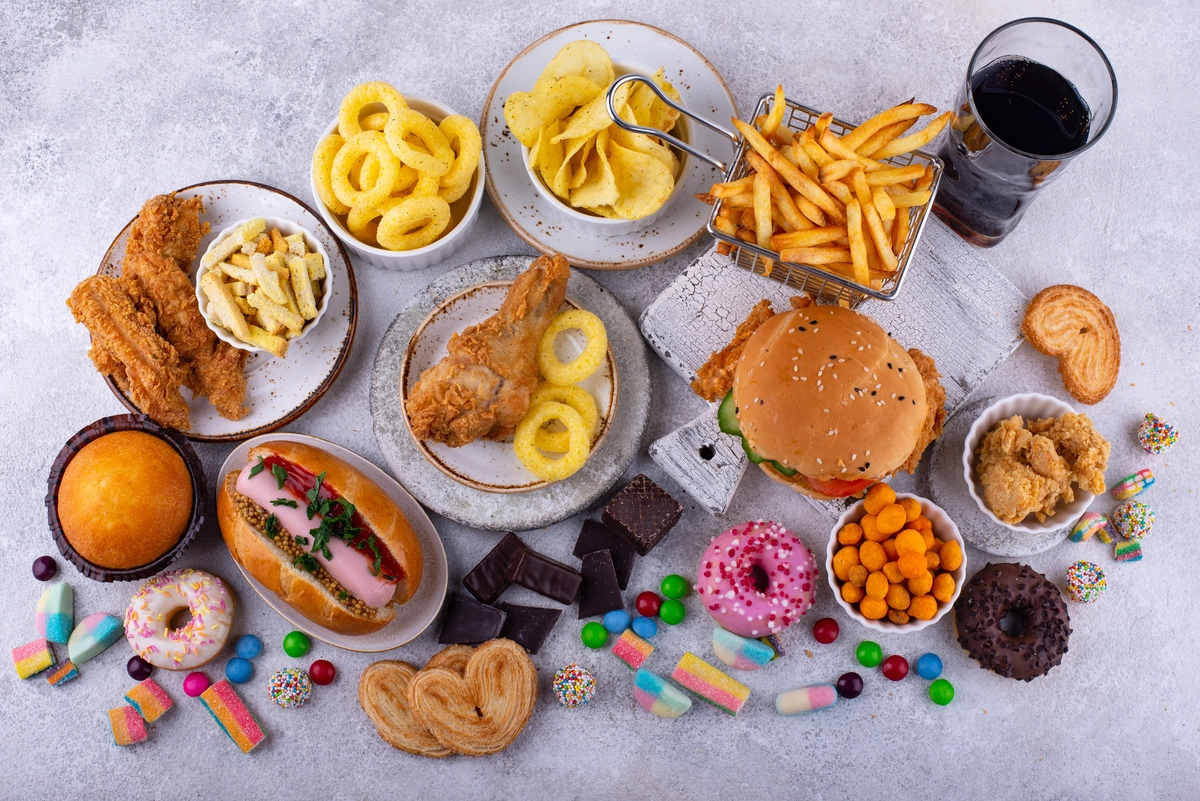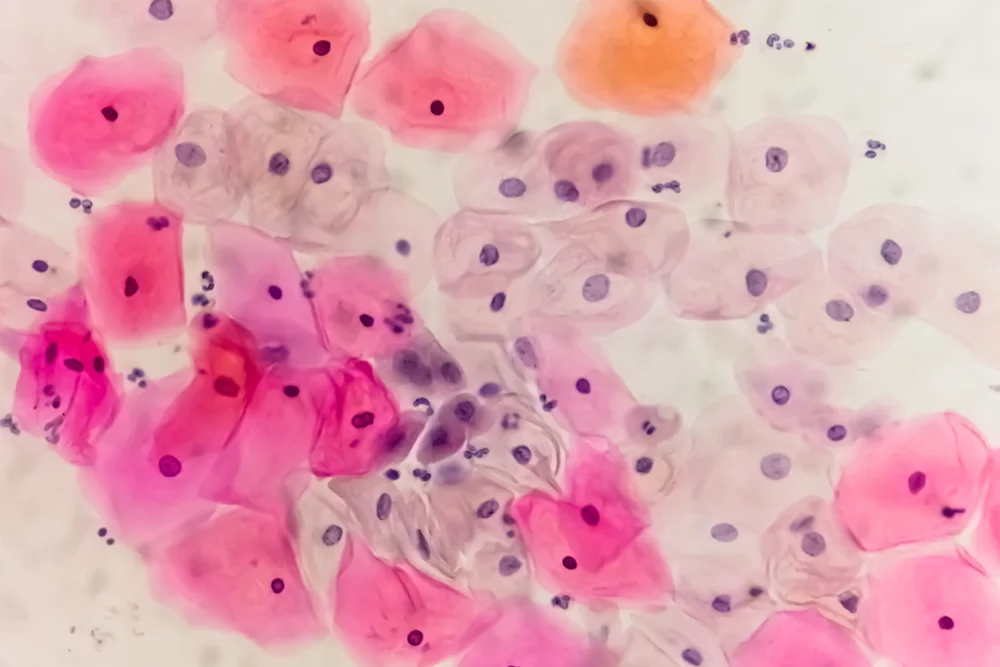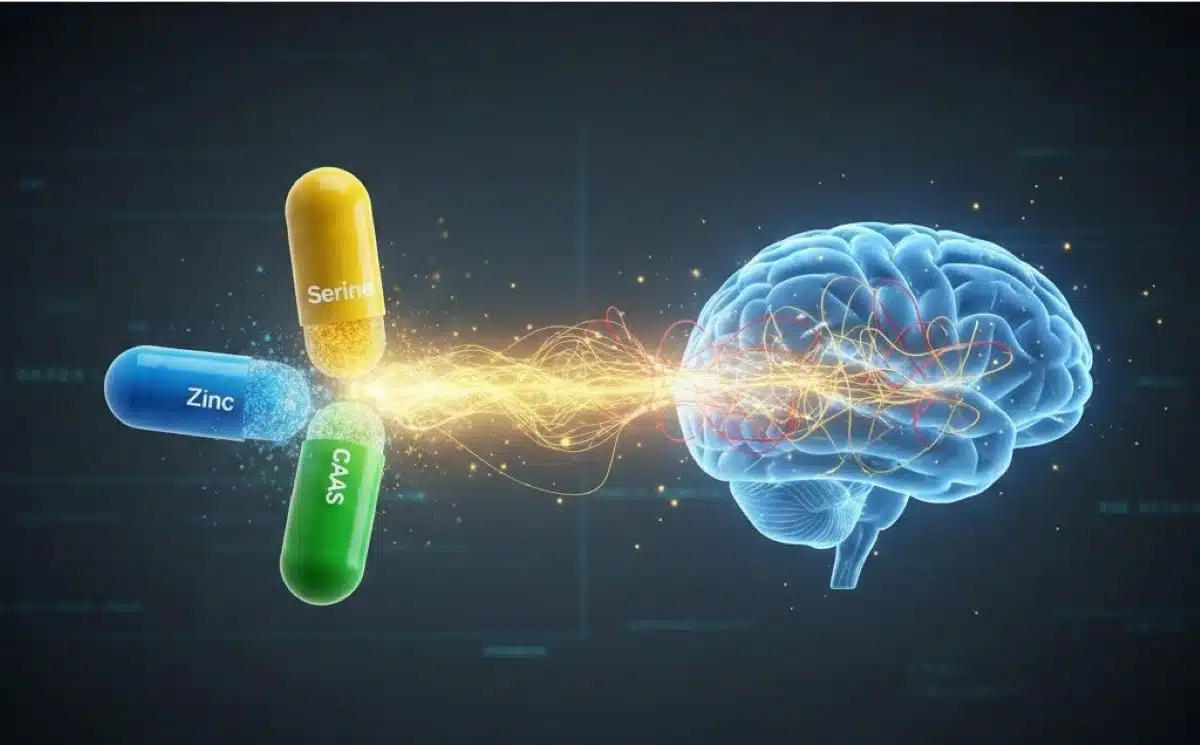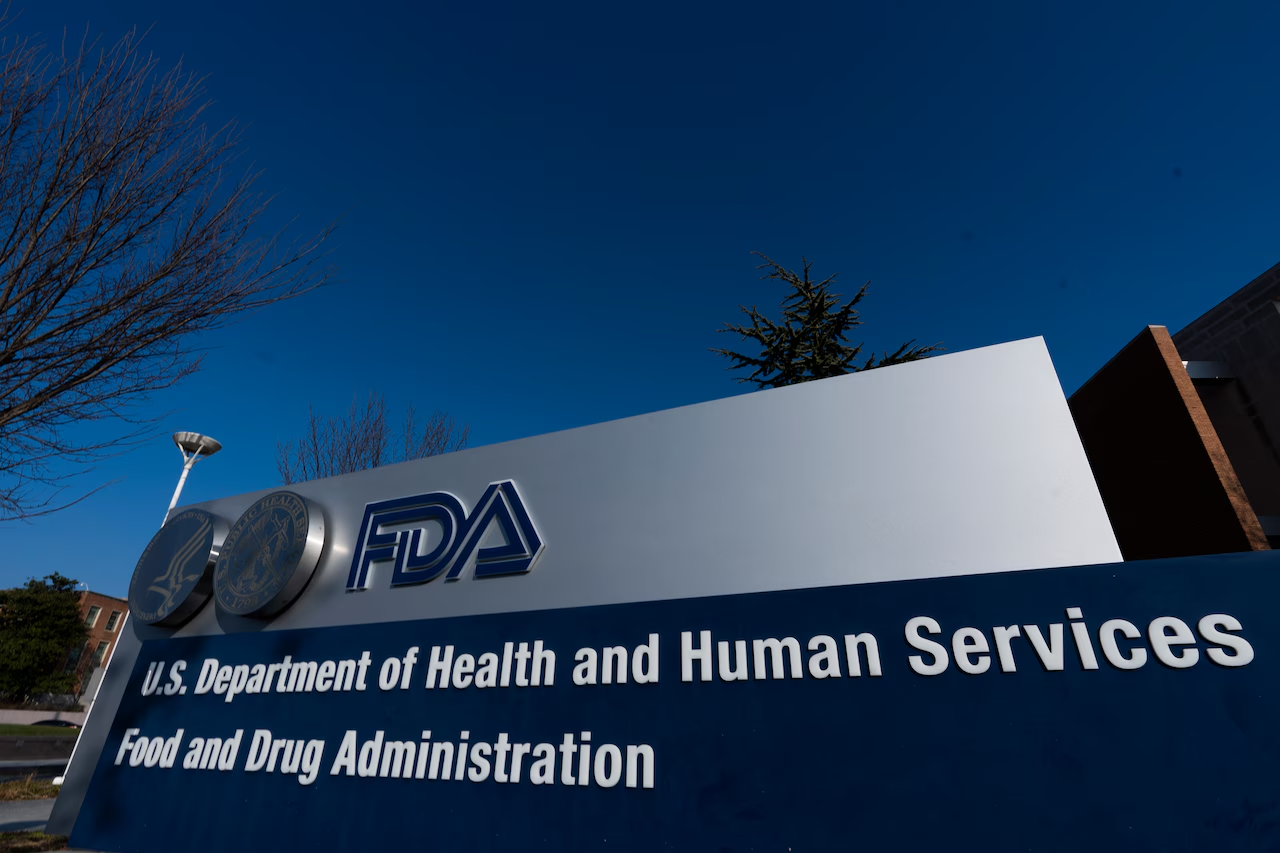The concept of food addiction has garnered increasing attention in recent years, with emerging research suggesting that certain eating behaviors share striking similarities with substance use disorders. While the debate continues regarding the classification of food addiction as a distinct clinical entity, compelling evidence points to overlapping mechanisms between food and drug addiction.
Neurobiological Commonalities
Both food and drug addictions activate the brain’s reward system, particularly the mesolimbic dopamine pathway. This system, responsible for processing pleasure and reinforcement, is similarly engaged when consuming highly palatable foods rich in sugar, fat, or salt, akin to the effects of addictive substances like nicotine or alcohol.
Research indicates that these hyperpalatable foods can lead to neuroadaptive changes in the brain, resulting in cravings, loss of control over consumption, and continued intake despite negative consequences. Such patterns mirror those observed in individuals with substance use disorders.
Behavioral Parallels
Individuals exhibiting food addiction often display behaviors characteristic of drug addiction, including:
- Cravings: Intense urges to consume specific foods, particularly those high in sugar or fat.
- Loss of Control: Inability to limit intake, leading to episodes of binge eating.
- Tolerance: Need to consume larger quantities to achieve the desired effect.
- Withdrawal Symptoms: Experiencing irritability, anxiety, or fatigue when access to certain foods is restricted.
- Continued Use Despite Negative Consequences: Persisting in unhealthy eating patterns despite adverse health outcomes.
These behaviors suggest that, for some individuals, certain foods may function similarly to drugs of abuse, reinforcing the cycle of overconsumption.
Clinical Implications
Understanding the parallels between food and drug addiction has significant implications for treatment approaches. Traditional addiction therapies, such as cognitive-behavioral therapy (CBT), have been adapted to address food-related compulsions. Additionally, support groups modeled after those for substance use disorders, like Food Addicts in Recovery Anonymous (FA), provide community-based interventions focusing on abstinence from specific trigger foods.
However, challenges persist in defining food addiction within clinical frameworks, as food is essential for survival, complicating the application of abstinence-based models. This distinction necessitates tailored treatment strategies that consider the unique aspects of food-related behaviors.
Public Health Considerations
The rising prevalence of food addiction, particularly concerning ultra-processed foods, poses a public health challenge. These foods are engineered to be highly rewarding and are widely accessible, contributing to unhealthy eating patterns across populations.
Addressing food addiction requires a multifaceted approach, including public education on nutrition, regulation of food marketing, and policies that promote access to healthier food options. By acknowledging the addictive potential of certain foods, society can implement measures to mitigate their impact on public health.
Conclusion
While the debate over the classification of food addiction continues, the evidence of shared neurobiological and behavioral mechanisms with drug addiction is compelling. Recognizing food addiction as a legitimate concern can lead to more effective prevention and treatment strategies, ultimately improving individual and public health outcomes. Further research is essential to deepen our understanding and refine interventions for those affected by this condition.












Leave a Reply